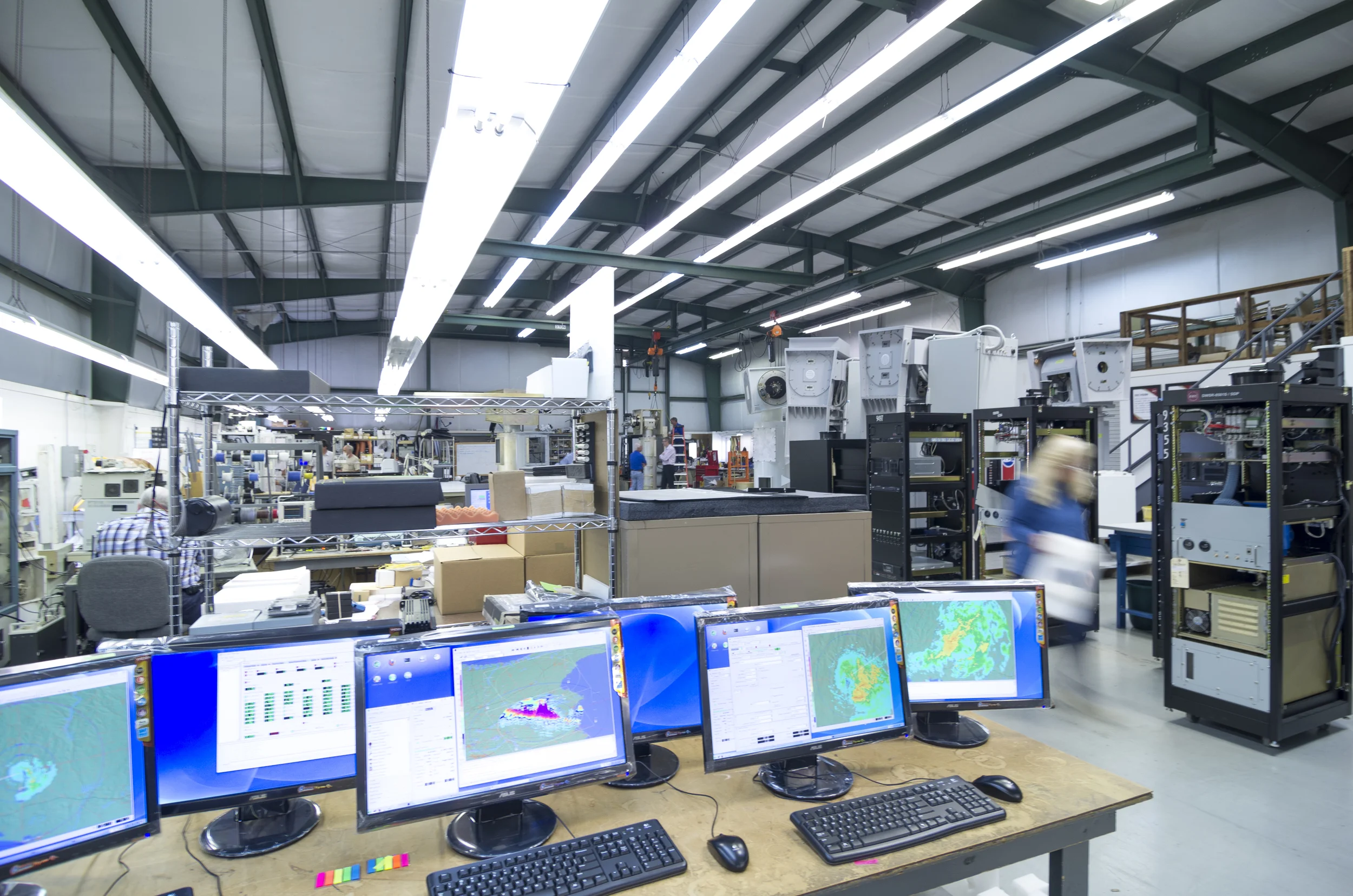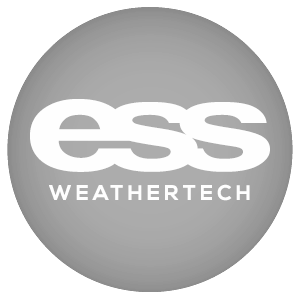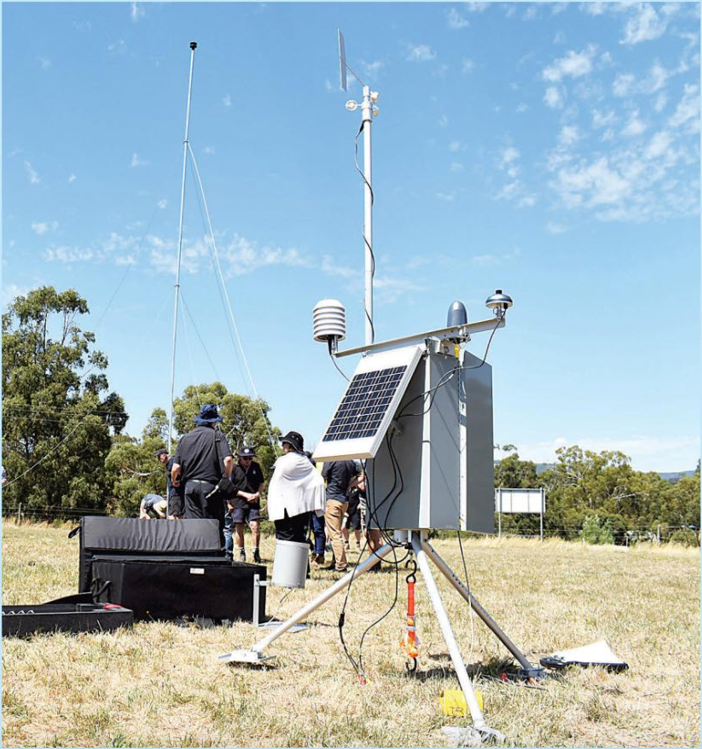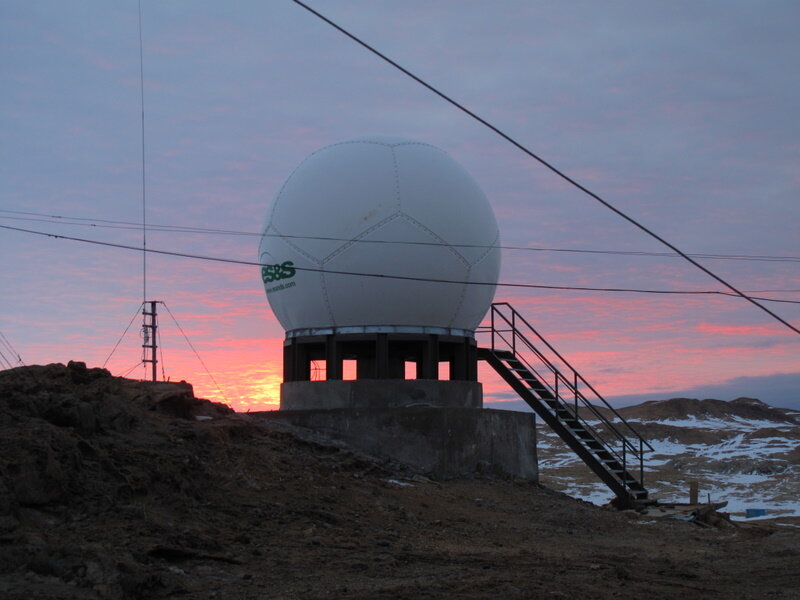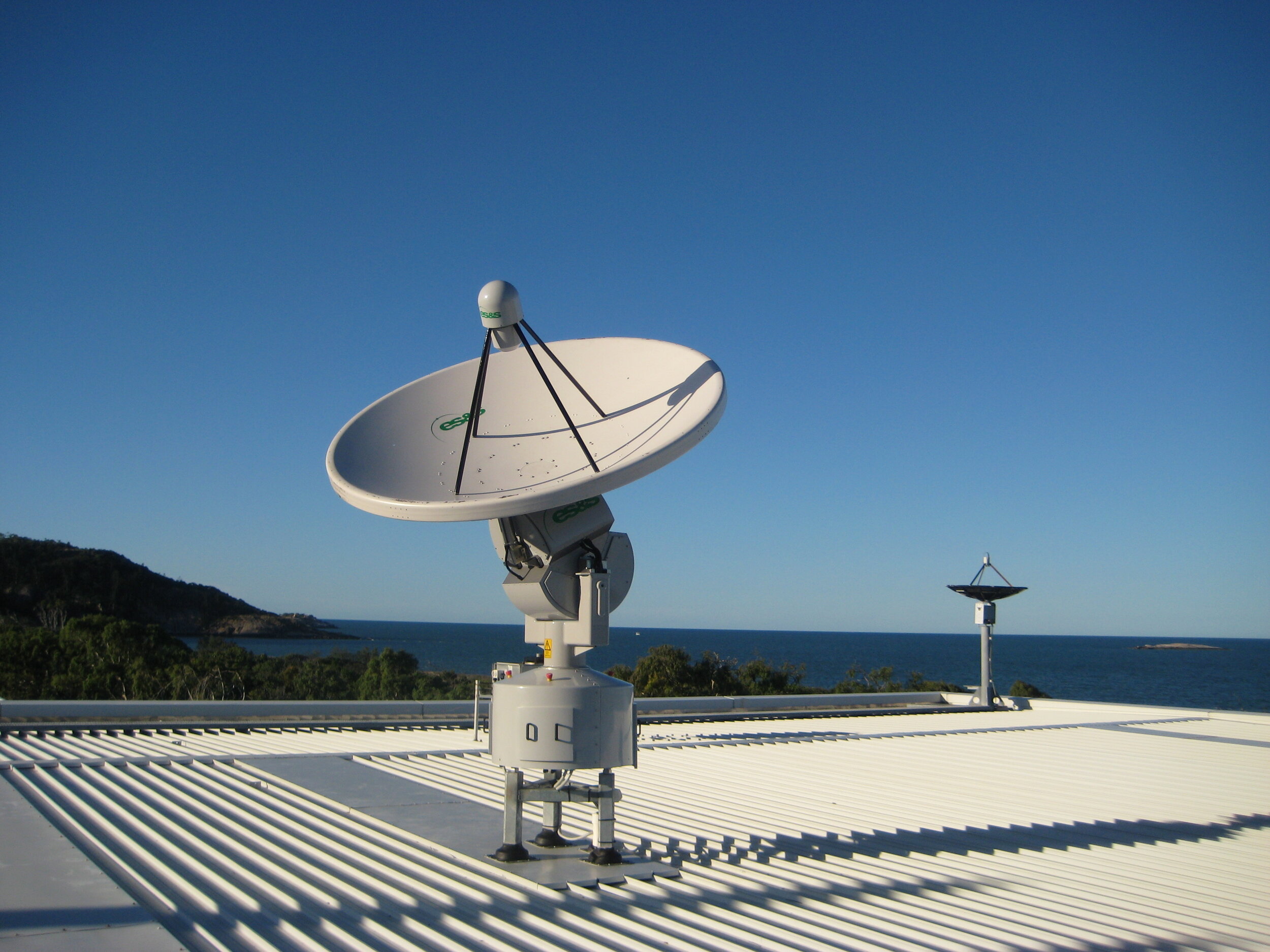ESS Weathertech is excited to announce that the executive board of our parent company, Enterprise Electronics Corporation (EEC), Chris Goode (President) and Colin Cookes (Director), have cofounded a new private business, Climavision, whom Goode will stepdown as President of EEC to move into the role of CEO at Climavision. Read more on the founding and proposal of Climavision in the press release provided below!
————————————————————————————————————————————————————
Partnership will Accelerate Growth of Newly Launched High-Resolution Weather Solutions Platform, Filling Critical Coverage Gaps in Existing Radar Networks
San Francisco, CA; Fort Worth, TX; Louisville, KY – June 2, 2021 – The Rise Fund, TPG’s global impact investing platform, today announced a $100 million strategic investment in Climavision, a pioneering weather services and intelligence platform powered by a private network of high-resolution radars, GPS-RO data, and proprietary software to vastly improve the timing and accuracy of weather forecasting and to fill low-level gaps in existing weather surveillance.
Climavision was formed out of Enterprise Electronics Corporation (EEC), the world’s largest privately held commercial supplier of weather radar systems. EEC, which is majority controlled by the Australian Cookes family, has a 50-year history and more than 1,200 installations across 95 countries.
By combining lower altitude, proprietary data with cutting-edge machine learning and AI technology, Climavision’s one-of-a-kind offering provides 10x higher resolution and more accurate forecasting, to address critical coverage gaps left by existing radar networks across the U.S.
Climavision also struck an exclusive agreement with leading GPS-RO provider GeoOptics to enhance forecasts by leveraging its private network of radio-occultation satellites. With improved weather nowcasting and forecasting, Climavision’s technology and data solutions enable customers across industries, including agriculture, drones, government, insurance, logistics, media, renewables, and transportation, to make cost-effective and potentially life-saving decisions in real time.
“As weather patterns become increasingly unpredictable and volatile due to climate change, the need for higher-quality regional and hyper local weather data has never been more pronounced,” said Climavision Co-Founder and CEO Chris Goode. “Climavision’s increased coverage and improved weather information enables earlier and more accurate weather forecasts that can save lives, limit business disruption, and improve the lives of people and communities across the country.”
Goode added, “The Rise Fund understands the need and urgency to invest in technologies that will empower businesses and governments to navigate increasingly dynamic weather patterns, particularly as the world economy endures the inevitable challenges associated with climate change. We are thrilled to partner with The Rise Fund to expand our network, while continuing to serve a growing and diversified set of customers that rely on our proprietary software.”
“Legacy radar systems have often left decision makers with an incomplete picture of the weather-related challenges they face,” said Edward Beckley, Partner at TPG and senior member of The Rise Fund’s climate investing team. “The rollout of low altitude radar sites will provide proprietary data to Climavision’s innovative AI-driven software platform, facilitating next-generation weather forecasting. As the need for efficient and accurate climate solutions becomes increasingly urgent, we look forward to working with Chris and his expert team of industry veterans to expand the reach of these crucial insights.”
As part of the transaction, TPG’s Edward Beckley, Steven Mandel, and Mariana Popa, who make climate investments on behalf of the Rise platform, will join Climavision’s board of directors alongside Chris Goode and Co-Founder Colin Cookes. The partnership with Climavision highlights The Rise Fund’s focus on investing in solutions that are delivering the necessary technology, products, and services that help businesses and communities mitigate or slow the effects of climate change. Enabling solutions like Climavision are a core pillar of The Rise Fund’s climate investing strategy. Other Rise investments that provide enabling solutions for the climate transition include Element Markets, the leading independent marketer of renewable natural gas and environmental commodities in North America; CLEAResult, the largest provider of energy efficiency and demand response solutions in North America; and C3.ai, the leading multi-sector, big data aggregation and analytics platform that leverages AI to improve the efficiency of energy utilities and other enterprises. Goldman Sachs acted as exclusive financial advisor and King & Spalding acted as legal counsel to Climavision in relation to this transaction. Latham & Watkins acted as legal counsel to The Rise Fund.
